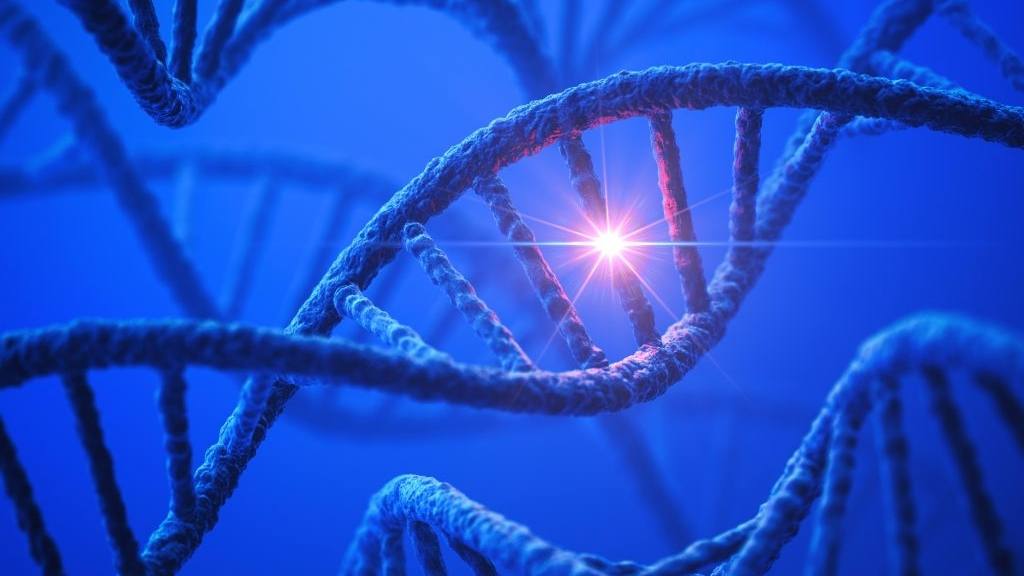Overview
Muscular dystrophy is a group of diseases that cause progressive weakness and loss of muscle mass. In muscular dystrophy, abnormal genes (mutations) interfere with the production of proteins needed to form healthy muscle.
There are many kinds of muscular dystrophy. Symptoms of the most common variety begin in childhood, mostly in boys. Other types don't surface until adulthood.
There's no cure for muscular dystrophy. But medications and therapy can help manage symptoms and slow the course of the disease.
Symptoms
The main sign of muscular dystrophy is progressive muscle weakness. Specific signs and symptoms begin at different ages and in different muscle groups, depending on the type of muscular dystrophy.
Duchenne type muscular dystrophy
This is the most common form. Although girls can be carriers and mildly affected, it's much more common in boys.
Signs and symptoms, which typically appear in early childhood, might include:
- Frequent falls
- Difficulty rising from a lying or sitting position
- Trouble running and jumping
- Waddling gait
- Walking on the toes
- Large calf muscles
- Muscle pain and stiffness
- Learning disabilities
- Delayed growth
Becker muscular dystrophy
Signs and symptoms are similar to those of Duchenne muscular dystrophy, but tend to be milder and progress more slowly. Symptoms generally begin in the teens but might not occur until the mid-20s or later.
Other types of muscular dystrophy
Some types of muscular dystrophy are defined by a specific feature or by where in the body symptoms begin. Examples include:
- Myotonic. This is characterized by an inability to relax muscles following contractions. Facial and neck muscles are usually the first to be affected. People with this form typically have long, thin faces; drooping eyelids; and swanlike necks.
- Facioscapulohumeral (FSHD). Muscle weakness typically begins in the face, hip and shoulders. The shoulder blades might stick out like wings when arms are raised. Onset usually occurs in the teenage years but can begin in childhood or as late as age 50.
- Congenital. This type affects boys and girls and is apparent at birth or before age 2. Some forms progress slowly and cause only mild disability, while others progress rapidly and cause severe impairment.
- Limb-girdle. Hip and shoulder muscles are usually affected first. People with this type of muscular dystrophy might have difficulty lifting the front part of the foot and so might trip frequently. Onset usually begins in childhood or the teenage years.
When to see a doctor
Seek medical advice if you notice signs of muscle weakness — such as increased clumsiness and falling — in you or your child.
From Mayo Clinic to your inbox
Causes
Certain genes are involved in making proteins that protect muscle fibers. Muscular dystrophy occurs when one of these genes is defective.
Each form of muscular dystrophy is caused by a genetic mutation particular to that type of the disease. Most of these mutations are inherited.
Risk factors
Muscular dystrophy occurs in both sexes and in all ages and races. However, the most common variety, Duchenne, usually occurs in young boys. People with a family history of muscular dystrophy are at higher risk of developing the disease or passing it on to their children.
Complications
The complications of progressive muscle weakness include:
- Trouble walking. Some people with muscular dystrophy eventually need to use a wheelchair.
- Trouble using arms. Daily activities can become more difficult if the muscles of the arms and shoulders are affected.
- Shortening of muscles or tendons around joints (contractures). Contractures can further limit mobility.
- Breathing problems. Progressive weakness can affect the muscles associated with breathing. People with muscular dystrophy might eventually need to use a breathing assistance device (ventilator), initially at night but possibly also during the day.
- Curved spine (scoliosis). Weakened muscles might be unable to hold the spine straight.
- Heart problems. Muscular dystrophy can reduce the efficiency of the heart muscle.
- Swallowing problems. If the muscles involved with swallowing are affected, nutritional problems and aspiration pneumonia can develop. Feeding tubes might be an option.
